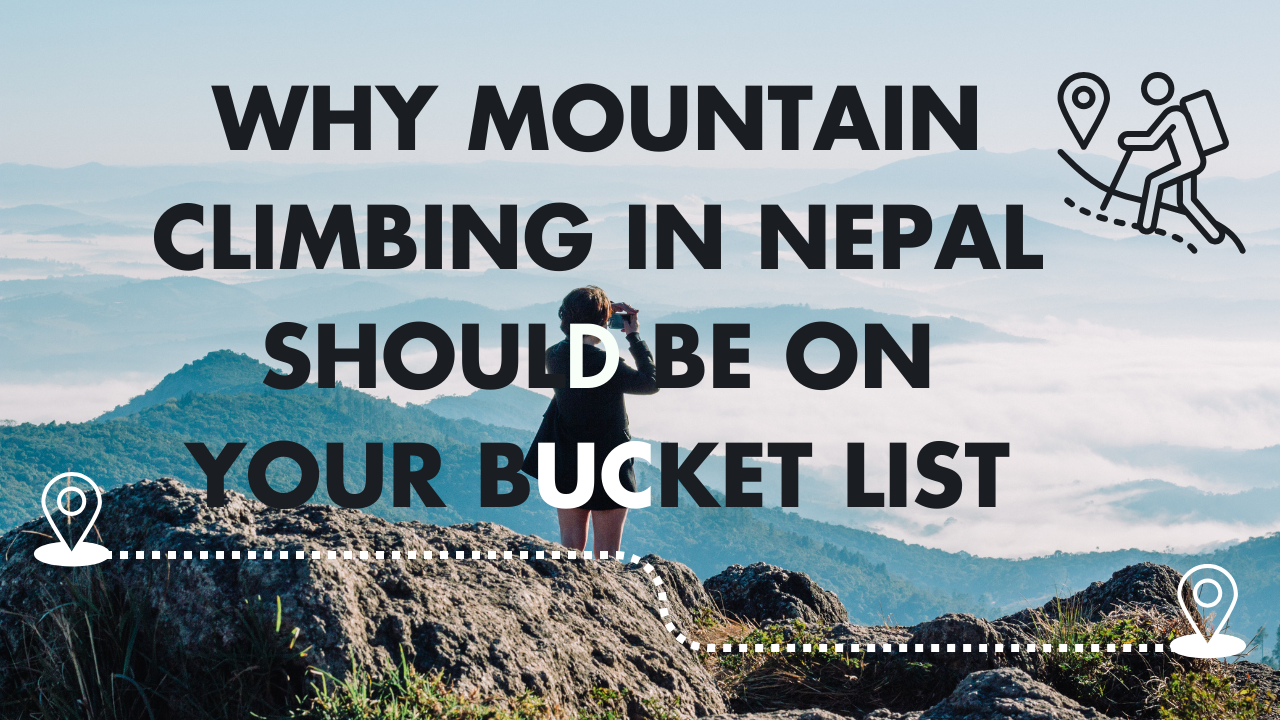If you’ve ever dreamed of touching the sky, mountain climbing in Nepal is where those dreams come alive. Known as the “Roof of the World,” Nepal holds a magnetic charm for climbers and adventurers from across the globe. From its breathtaking peaks to the warm culture of its people, mountain climbing in Nepal is more than just an adventure—it’s a life-changing experience.
Table of Contents
The Himalayas – Nature’s Crown Jewel
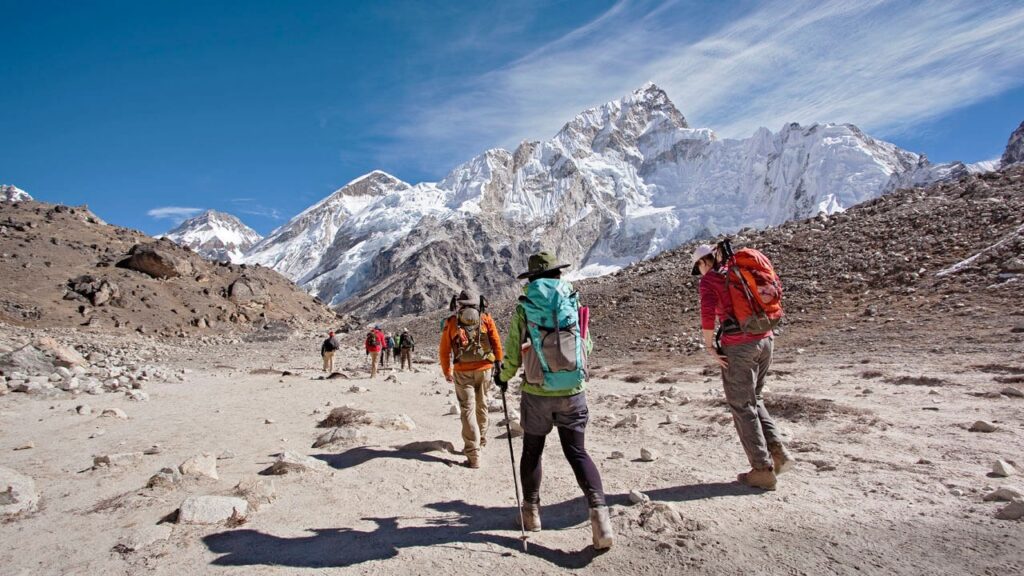
Home of the World’s Tallest Peaks
Nepal boasts eight of the world’s fourteen highest mountains, including the mighty Mount Everest at 8,849 meters. Standing beneath these towering giants is humbling—it’s like staring at the very bones of the Earth.
Iconic Mountains Beyond Everest
While Everest gets all the fame, Mountain Climbing in Nepal offers so much more with dozens of other gems like Annapurna, Makalu, Lhotse, and Dhaulagiri. Each mountain presents its own unique climbing challenges and unparalleled beauty, making Mountain Climbing in Nepal an unforgettable experience beyond just the highest peak.
Cultural Richness Along the Trails
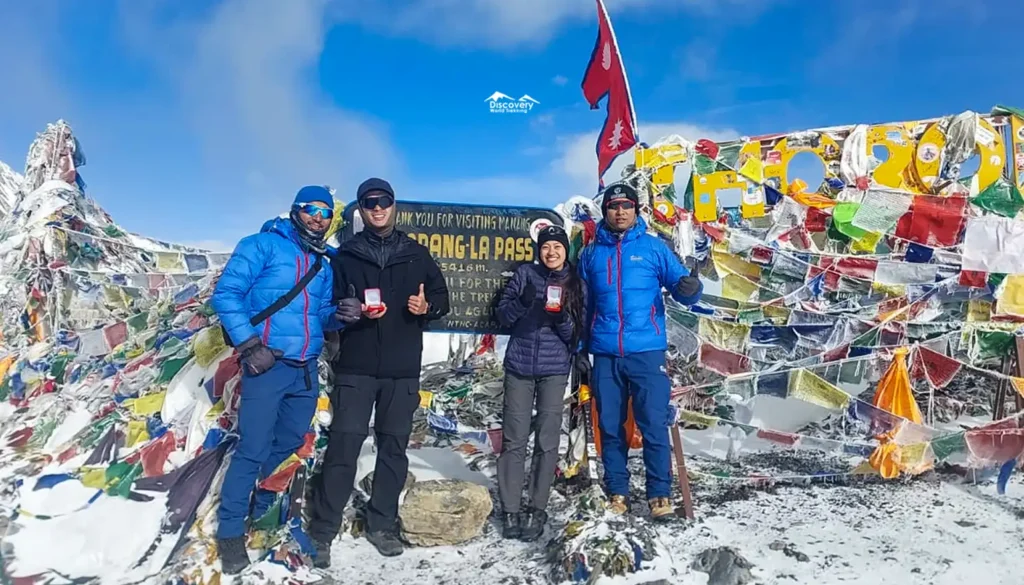
Sherpa Heritage and Traditions
The Sherpas are the heart and soul of Nepal’s climbing culture. Known for their resilience and kindness, they not only guide climbers but also share stories, traditions, and an unbreakable connection to the mountains.
Ancient Temples and Monasteries
Imagine trekking past centuries-old monasteries, fluttering prayer flags, and the sound of chanting monks echoing through the valleys. The spiritual aura in Nepal’s mountains adds another layer to your adventure.
Spiritual and Personal Growth

Finding Inner Peace in the Himalayas
The Himalayas aren’t just about physical challenges—Mountain Climbing in Nepal is also a journey of inner transformation. Many climbers find clarity and peace in the silence of snow-capped peaks and wide valleys, making the experience deeply spiritual as well as adventurous.
Overcoming Challenges Builds Resilience
Climbing isn’t easy. From altitude sickness to steep ascents, every hurdle strengthens you. The journey teaches patience, resilience, and the joy of achieving what once seemed impossible.
Popular Mountain Climbing Routes in Nepal
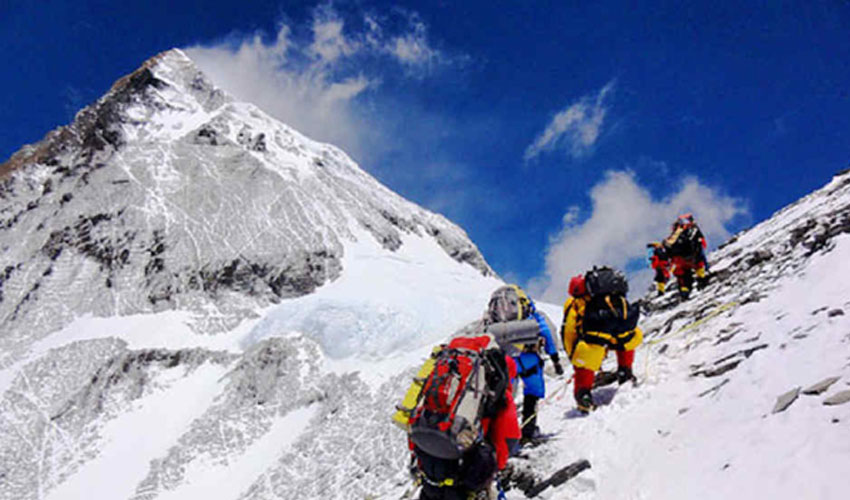
Everest Base Camp Trek
One of the most famous treks in the world, this route offers jaw-dropping views of Everest and a chance to step into history where legendary climbers once stood.
Annapurna Circuit
Known for its diverse landscapes, this trek takes you through subtropical forests, high mountain passes, and Tibetan villages—all in one incredible journey.
Manaslu Circuit
Less crowded than Everest or Annapurna, Manaslu offers raw, untouched beauty with the thrill of venturing into less-traveled paths.
Island Peak and Mera Peak
Perfect for beginners looking to conquer their first Himalayan peak. These “trekking peaks” provide a taste of true mountaineering without extreme technical challenges.
Unique Flora and Fauna of Nepal’s Mountains
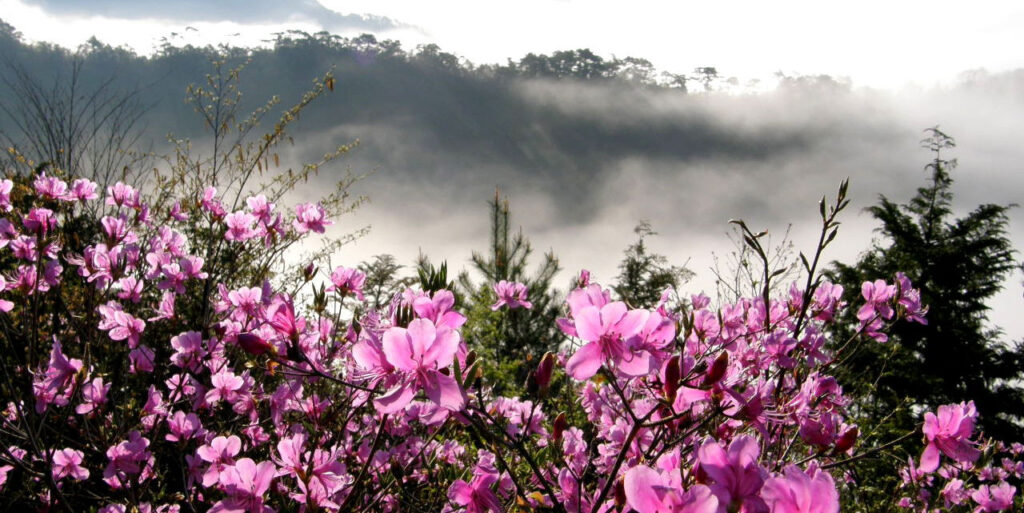
While climbing, you’ll encounter rhododendron forests, rare snow leopards, Himalayan tahr, and colorful pheasants. The biodiversity here is as enchanting as the peaks themselves.
Adventure Meets Serenity
One moment you’re pushing your limits on steep trails, the next you’re sipping tea in a cozy mountain lodge, watching the sunrise over snow-draped peaks. That balance of adrenaline and peace is what makes Nepal unforgettable.
Safety and Guided Expeditions
Professional Guides and Sherpas
Climbing in Nepal is safe if you go with experienced guides. Sherpas and licensed guides ensure not only your safety but also a deeper connection with the mountains.
Training and Preparation
From altitude training to physical endurance, preparation is key. The more you train before your trip, the more rewarding the journey becomes.
The Best Time for Mountain Climbing in Nepal
Spring (March–May) and Autumn (September–November) are ideal. The weather is stable, skies are clear, and the views are nothing short of spectacular.
Essential Gear and Preparation Tips
A good pair of boots, layered clothing, a reliable backpack, and high-altitude gear are must-haves. Don’t forget personal essentials like a water purifier, energy snacks, and a journal for memories.
Sustainable and Eco-Friendly Climbing
Leave No Trace Principles
Respect the mountains by minimizing waste, avoiding single-use plastics, and leaving nature as you found it.
Supporting Local Communities
Stay in local tea houses, buy handicrafts, and hire local guides. This way, your adventure supports the people who call these mountains home.
Cost and Budget Considerations
Climbing in Nepal can fit a variety of budgets. While an Everest expedition is costly, treks like Annapurna or Manaslu are much more affordable yet equally rewarding.
Bucket List Worthy Experiences
From standing at Everest Base Camp to sharing a meal with Sherpas in a remote village, every moment in Nepal feels like a once-in-a-lifetime memory. It’s not just climbing; it’s living a dream.
Also visit:
Planning Your Perfect Road Trip in Australia
Top 10 Wildlife Safaris in Africa You Must Experience
Planning Your Dream Wildlife Safari in Africa
The Magic of Wildlife Safaris in Africa: What to Expect
Conclusion
Mountain climbing in Nepal isn’t just about reaching the summit—it’s about the journey, the people, and the profound transformation that comes with it. Whether you’re a seasoned mountaineer or an adventurous traveler, Nepal has something magical waiting for you. If there’s one thing you add to your bucket list, let it be this: climbing in the heart of the Himalayas.

